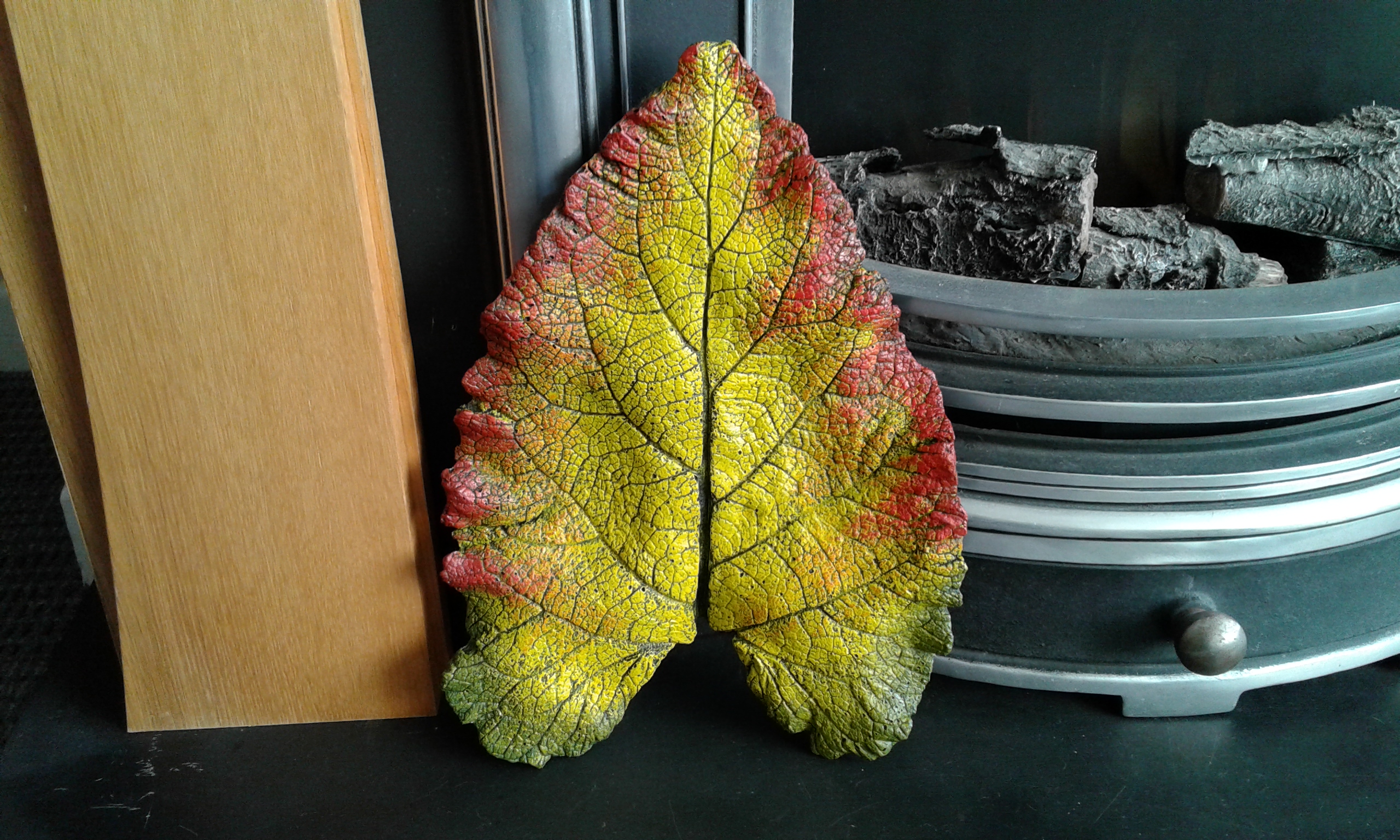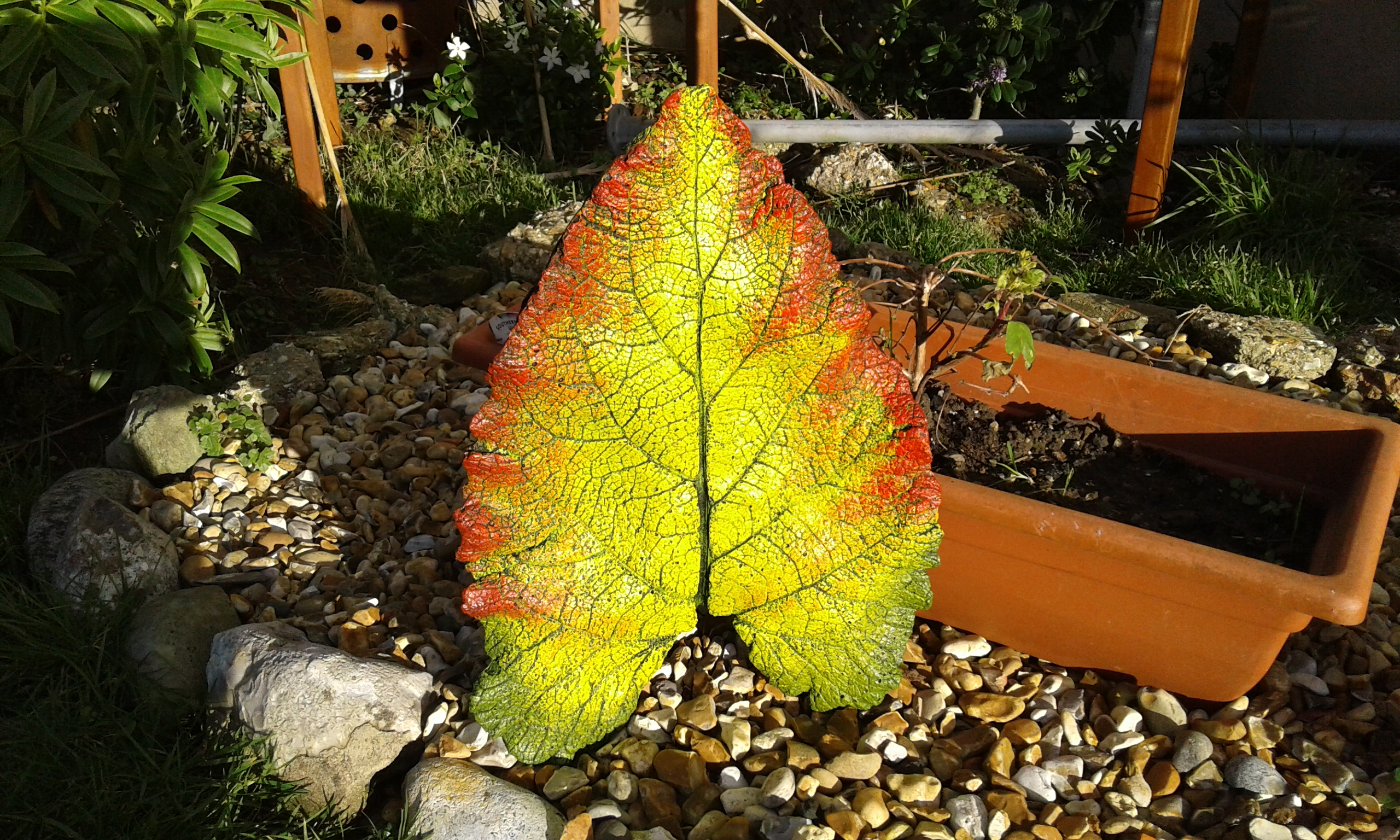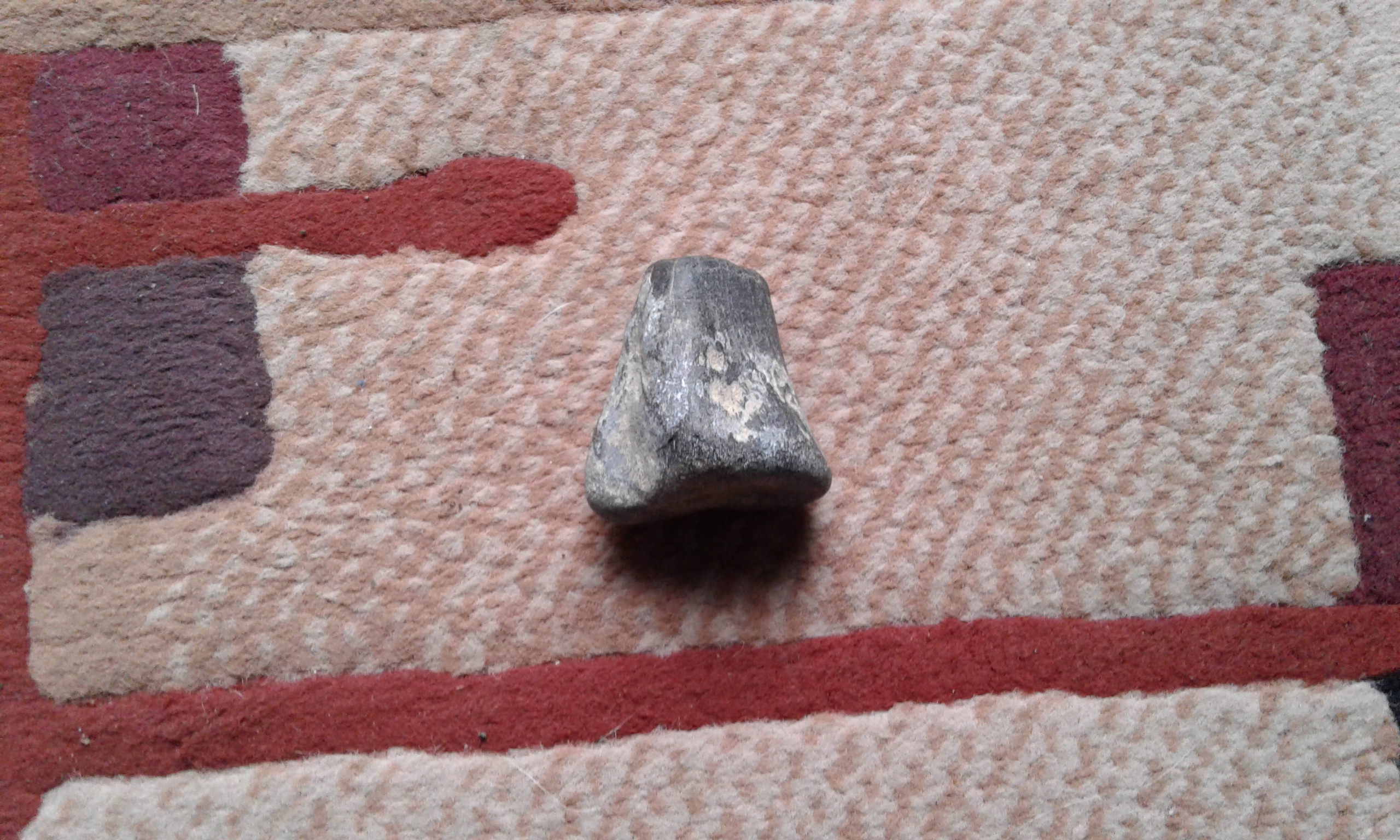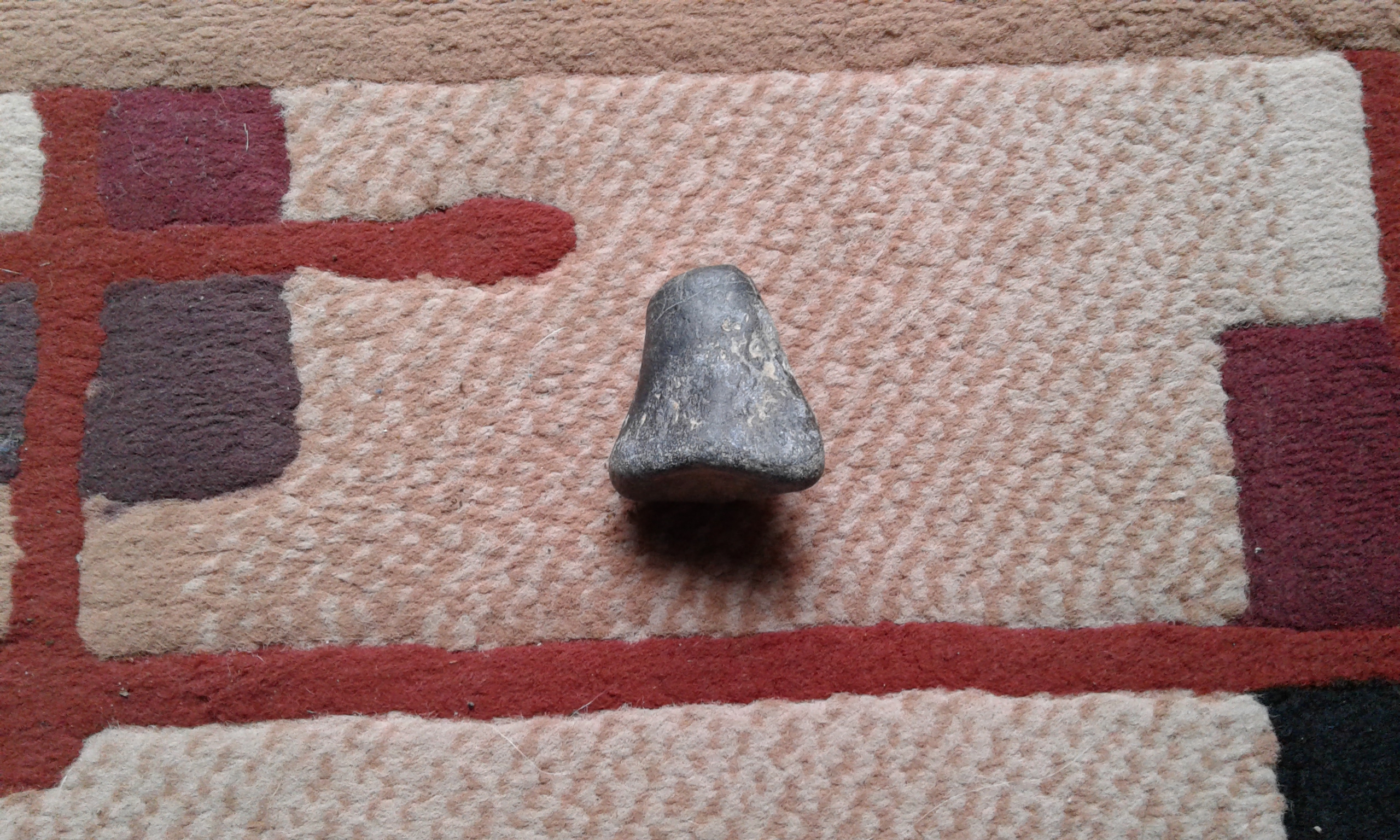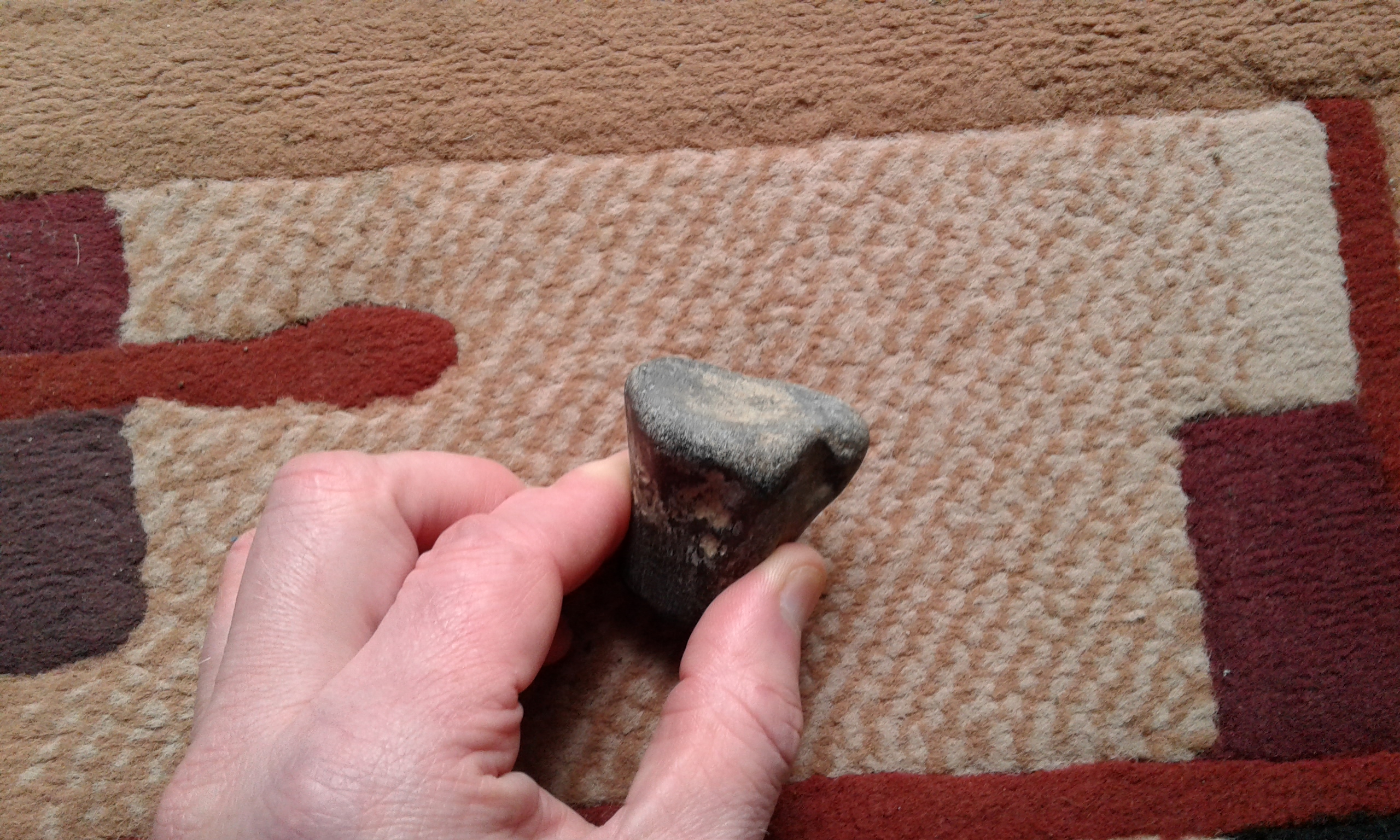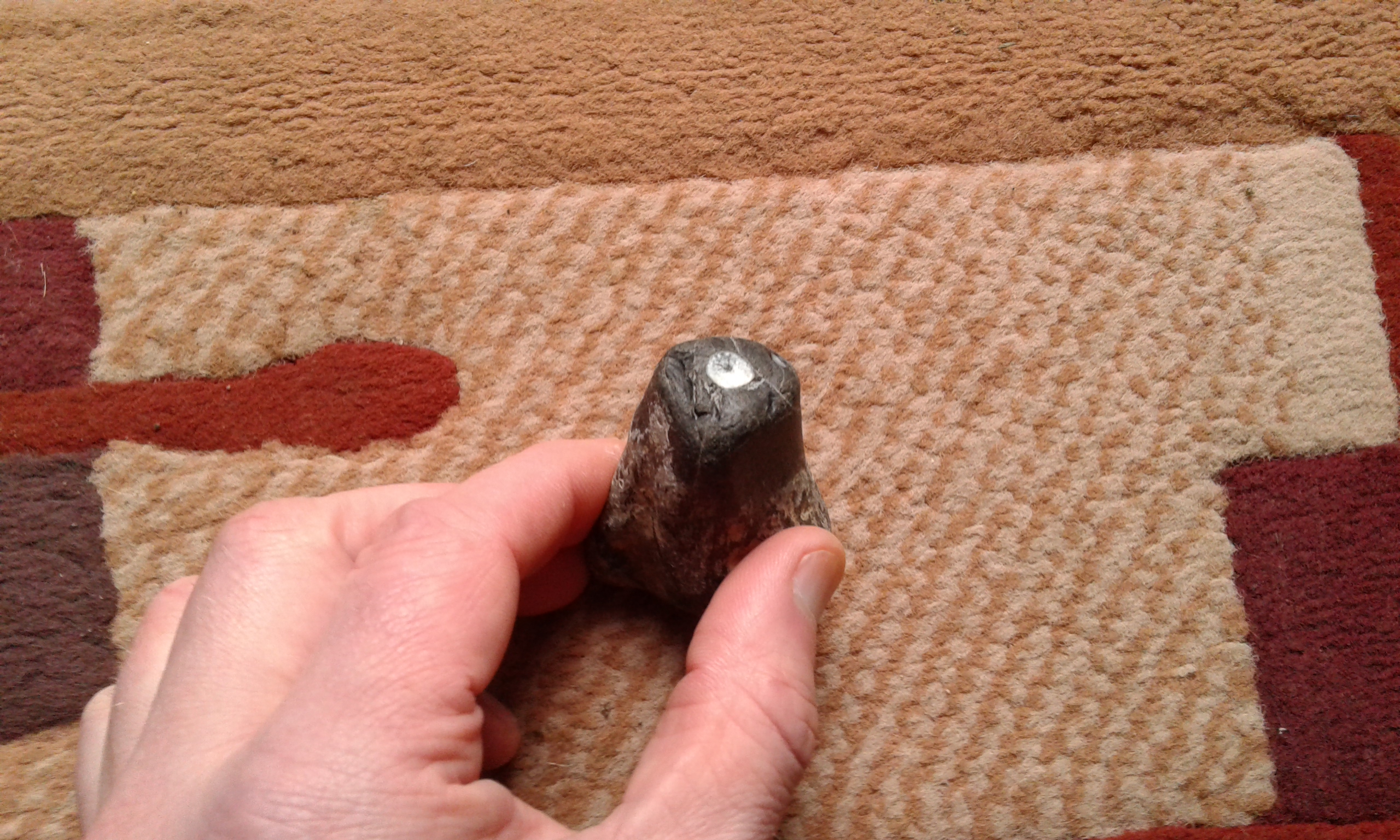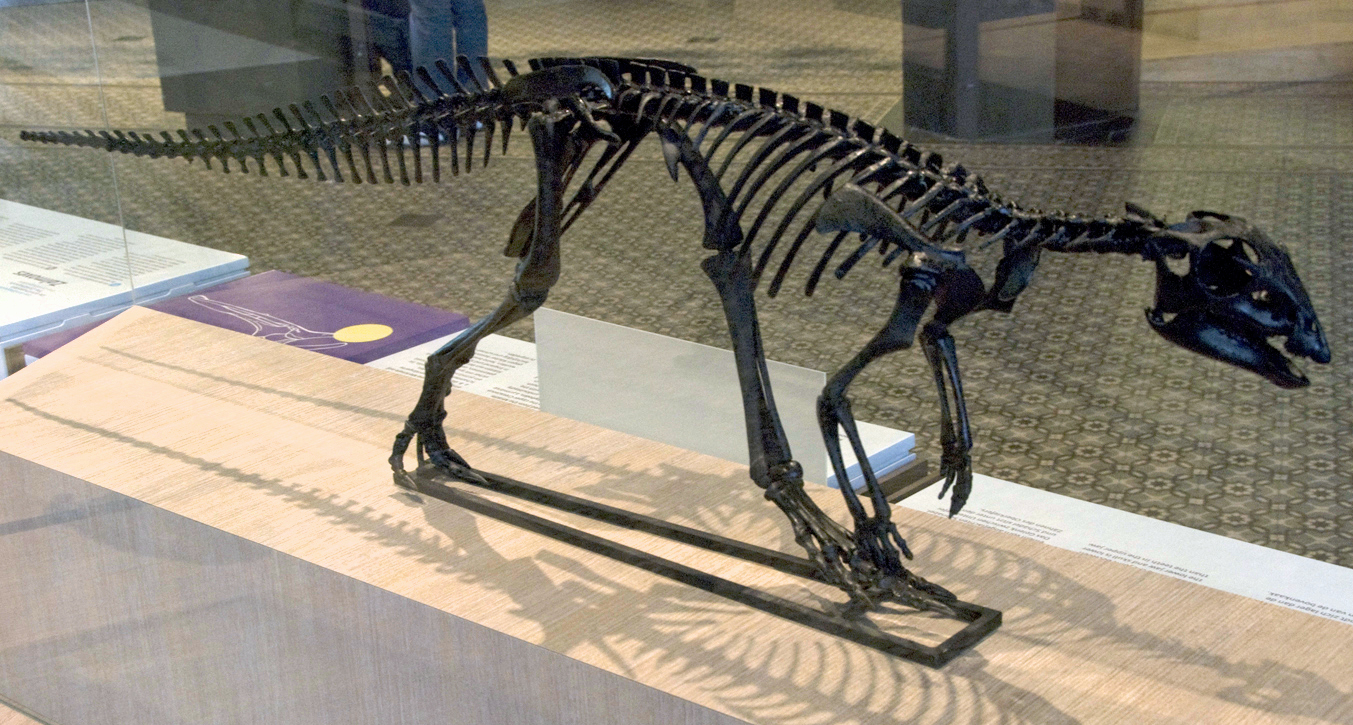
Escort Carriers
The U Boat campaign, in particular the “unrestricted” version, towards the end of World War 1 served to re-enforce what the German military had already realised. The allies’ biggest weakness was there reliance on imported goods. Britain in particular with its far flung empire was especially vulnerable as an island nation which possessed a large merchant fleet bringing in food, raw materials, fuel and a myriad of supplies all of which came to be dominated by the war effort. Germany’s U Boat fleet from humble beginnings expanded rapidly both numerically and technologically with larger, longer ranged boats more capable both surfaced and underwater. Improvements in optics, torpedoes, the design and layout of submarines all combined to make them formidable weapons to which surface vessels had little means of response.
The toll of U Boat victims began to rise and merchant ship losses soared eventually forcing the allies’ to introduce the convoy system. Whereby the tankers and cargo vessels would be shepherded together and escorted by anti-submarine warships. Despite a stuttering start the convoy system eventually proved a success with improved tactics and ever greater numbers of escort ships becoming available. Aircraft also began to play a part in this success patrolling off shore in an effort to locate and report enemy submarines.
Submarines using diesel had by this time become the standard for most nations. Their engines powered by diesel fuel which has the benefit of being less flammable and therefore safer in the event of accidental spillage could be started and stopped quickly. The engines could only be used when the submarine was on the surface because of the need to take in air for combustion and also vent exhaust gases while they were running. As with modern diesel submarines they are used to both power the vessel and recharge banks of batteries whilst on the surface. It is these batteries that when charged take over from the diesels when the submarine is preparing to dive. Once the diesel engines are stopped and disengaged the batteries are used to drive electric motors which in turn drive the boats propellers. It is the battery life which, along with air supply for the crew that dictated how long a submarine could remain submerged. Submerged speed was severely restricted because of the drain on the batteries, the faster the boat travelled the quicker the charge would be used up. To get anywhere quickly the submarine needed to be on the surface and running its diesel engines.
It was this requirement of having to be on the surface, both to recharge and transit rapidly, that made the U Boats vulnerable to aircraft.

Post World War 1 Germany’s military was severely restricted by the Treaty of Versailles, imposed upon it by the Allies. Amongst other things this reduced the German navy to only a small surface fleet and no submarines. This last condition clearly recognised the damage done and the potential threat that the submarines of the future might pose. Right from the start the German navy using clandestine means continued submarine research. An office was set up in the Netherlands working on U Boat designs and torpedo development and testing was carried out in Sweden. Both of these programmes were run covertly. In 1932 the German government decided to begin a re-armament programme which included warships and submarines. Once Hitler’s Nazi party seized control in 1933 submarine production moved on a pace. By the commencement of hostilities against France and Britain the U Boat fleet consisted of forty-six submarines only twenty-two of which were capable of prolonged Atlantic sorties. The rest were smaller coastal or training submarines. Of the twenty-two available boats only a few would be at sea at any one time because of maintenance, repair and replenishment.
Despite the small number of U Boats the so called “Phoney War” as it became known on land and in the skies over Europe did not happen at sea. Against orders not to target ocean liners U-30 sank SS Athenia only hours after the declaration of war. The Kriegsmarine (German navy) lacked the power to challenge the French and British navies and despite some success by surface vessels at commerce raiding the U Boat arm was to be the major threat at sea to the allies. Over forty British vessels were lost to U Boats in September 1939 during the early stages of the war, including HMS Courageous one of the Admiralties’ precious few Aircraft Carriers. Courageous was torpedoed whilst carrying out anti-submarine sweeps in the Western Approaches by U-29. These anti-submarine sweeps were seen as active aggressive actions by the Admiralty but proved of little worth and were soon discontinued as they merely exposed the Royal Navies few fleet carriers to attack for little return.
During the nineteen thirties with the deteriorating situation in Europe and the Far East the Admiralty had looked into the possibility of converting ships to Aircraft Carriers to help protect trade routes around the World. Building a Carrier from the ground up took time were as a completed hull could be converted relatively quickly with flight deck, hangers and control island. It was concluded that passenger liners would be ideal because of their size and speed compared to most merchant ships. However this was never acted upon due in no small part to the fact that the RAF dominated aircraft procurement leaving the Royal Navy with barely enough planes to equipment the few Carriers they possessed. Development of new naval aircraft was also held back leaving the navy with aeroplanes which were already out dated at the beginning of the war. While RAF squadrons where equipping with the latest Hurricane and Spitfire variants the NAS (Naval Air Squadrons) were using bi-plane fighters like the Sea Gladiator and the Swordfish torpedo bomber.

New Aircraft Carrier’s where laid down beginning in 1937, the first of these however would not enter service until 1940 and they were built for fleet operations not convoy escort. Coastal Command although part of the RAF was another branch that had been under funded and poorly equipped. Its job was to patrol home waters primarily to combat surface raiders and the U Boat threat. In addition upon the fall of France Coastal Command were tasked with protecting convoys from air attack by the Luftwaffe using the long range Focke-Wulf Fw 200 Condor. The Fw200 was a long range civilian airliner which was converted for maritime patrols and reconnaissance, but was also used to bomb convoys early in the war well out in the Atlantic away from British fighter cover.
Once French Atlantic ports and airfields became available the Kriegsmarine U Boats effective range was greatly increased and Fw 200 aircraft of the Luftwaffe could be used to locate and report convoy positions and progress. This meant that weather permitting the U Boats could be guided by the Luftwaffe aircraft to the convoys and neither the RAF or the Admiralty had an effective response.
Since land based aircraft available at the time to counter the Fw200 or the U Boats did not have the range the obvious answer was aircraft carried on ships with the convoys which could quickly be launched to chase off or shoot down the long range Condors and spot and attack surfaced U Boats. An early response to the Condor threat was the CAM or Catapult Aircraft Merchant ship. A merchant ship would be fitted with a rocket assisted catapult with one Hawker Hurricane fighter and pilot who after his flight would have to ditch or bail out near the convoy to be picked up by a ship. This was put into use but was only ever a temporary measure with the obvious draw back of losing the aircraft each time and also the risk to the pilots.

Another short term solution was the MAC ship. Merchant Aircraft Carriers were, like the CAM ships, crewed by civilians but had a number of military personnel aboard to fly and maintain small numbers of aircraft. MAC ships were merchantmen (British or Dutch) with a flight deck and island fitted capable of operating 3 to 4 aircraft (usually Fairey Swordfish) which were stored either in a small hangar below or parked on the flight deck. The ship itself still carried cargo which took up most of the below deck space hence the small air group. Nineteen of these vessels were converted from grain carriers or oil tankers and although again only meant as a stop gap measure some were used till the end of the war in Europe. The MAC ships were intended for anti submarine work and the limited aircraft capacity due to the lack of aircraft storage restricted them to this roll; the flight deck however could be used for aircraft transportation carrying a sizable number of planes lashed to the deck when not needed for flying operations. The first of the MAC ships entered service in April 1943 and were all either converted existing ships or new builds modified to the type. They were intended to fill the gap until sufficient RN Escort Carriers became available for convoy duties. By March of 1943 the tide had begun to turn in favour of the allies in the Battle of the Atlantic, so many of the MAC ships arrived too late to make a major contribution. However some played their part with MAC Swordfish making several attacks on U Boats. Although no kills were recorded the presence of aircraft over a convoy was a deterrent to the hard pressed U Boat crews.
Escort carriers were merchant ships converted to the Aircraft Carrier roll complete with flight deck, island and hangar. They were basically an Aircraft Carrier on a merchant ship hull using the engines and running gear of the original ship. Some of the early vessels were conversions on existing ships but later they were new builds utilising merchant hulls but incorporating more naval influence. The speed of conversion or new build was the great advantage of the Escort Carrier compared with the build time of a full size Carrier with the bonus that their smaller size meant that yards that could not handle larger vessels could cope with them. The vast majority were built in the US. Of 130 produced six were converted in British yards, the rest either conversions or new builds from US yards.
The first to enter service for the Royal Navy was HMS Audacity converted from the captured German merchantman MV Hannover. She began conversion at Blyth in the Northeast of England taking roughly five months and was commissioned on the 17th June 1941. In common with some of the MAC ships she had no aircraft hangar and her embarked aircraft had to be stored on deck although she was manned by Navy crew. Audacity could carry up to 8 aircraft and was assigned to convoy escort duties to and from Gibraltar in an anti-aircraft roll flying Martlet fighters (RN early war designation for the Grumman F4F Wildcat) lend lease aircraft. Her career as an Aircraft Carrier was short, on her forth convoy she was torpedoed and sunk by U Boat U-751. In that short service life however she proved her worth, Audacity’s fighters shooting down seven FW 200 Condors and also participating in the sinking of U-131.

At around the same time that HMS Audacity’s conversion was underway the British requested the building of escort carriers by the US to be supplied under lend lease. The US had however already started work on their own escort carrier program after Admiral William Halsey had in 1940 recommended construction of “naval auxiliaries” for pilot training in the rapidly expanding US Navy.
The first to enter service USS Long Island commissioned on 2nd June 1941, she was used in her time to train pilots and transport aircraft. Long Island also provided air cover to convoys and US Navy warships and had the distinction of being the carrier from which the first aircraft to land at Henderson Field in Guadalcanal were flown. These aircraft, 19 Grumman F4F Wildcats and 12 Douglas SBD Dauntless dive bombers, were to play a major role in the Guadalcanal campaign.
Long Island’s sister ship ended up serving with the Royal Navy as HMS Archer and she served in the Atlantic as a convoy escort and despite a less than impressive mechanical reliability record Archer was also used to transport aircraft and military personnel.
The two Long Island class Escort Carriers, the first completed in US ship yards laid out the basic plan for this type of vessel although later ships would be improved and modified. They had a small hangar with one lift (many latter escort carriers had two lifts to speed up aircraft handling) and were capable of operating up to 21 aircraft. They like HMS Audacity only had a small control position adjacent to the flight deck on the starboard side. Later carriers were to be fitted with a larger island similarly adjacent to the flight deck (though still relatively small and cramped) for both ship and air group control.
Escort Carriers were completed with an array of anti-aircraft guns and in addition to the flight deck lift or lifts sported a catapult, arrestor wires and safety barriers to halt wayward aircraft. Effectively they were smaller slower versions of the Fleet Carriers and as such were perhaps more versatile than their larger cousins. Most Escort Carriers being based on merchant vessels tended to have long range and could be used to re-fuel other ships at sea. The Bogue class of Escort Carriers which were based on the”C3 Type” cargo ship provided the bulk of the RN compliment of this type of vessel with as many as 34 being transferred to the British on top of the 11 which served with the US Navy during the war.
Although originally designed as convoy escorts and flight training ships these converted merchant ship Carrier’s were used in evermore varied roles as more became available to the allies, both US and RN Escort Carriers supported amphibious landings in anti-submarine and anti-aircraft roles. Widely used by the US Navy they supported landings across the Pacific providing air cover for ground troops even taking over duties from fleet Fast Carrier Groups during periods of refuel and replenishment as well as providing invaluable transportation and escort cover.
British Escort Carriers became part of dedicated convoy escort groups in the Battle of the Atlantic providing air cover and anti-submarine patrols helping to bridge the “Mid-Atlantic Gap”, some 600 miles, that land based allied air cover was unable to reach. Aircraft from RN Escort Carriers took part in raids on the German battleship Tirpitz while it was moored in Norwegian fiords and provided air cover for the Arctic supply convoys to Russia enduring the hellish conditions frequently encountered along the way.
In 1944 the US Escort Carrier USS Guadalcanal along with her escort group took part in the capture of U-505 off the coast of French West Africa. Forced to the surface by depth charge attacks from the destroyer USS Chatelain the U Boat captain believed his vessel badly damaged and ordered his crew to abandon ship. A boarding party from the USS Pillsbury another of escort group’s ships climbed on to the submarine which was still slowly circling under its own power. They managed to stop the flooding in the engine room, turn off the engines and capture code books and the Enigma code machine. A salvage party went aboard from the Guadalcanal and the Carrier then took the U-505 in tow and she was taken across the Atlantic. A tug boat eventually took over towing duties but not before the Guadalcanal had managed to operate her aircraft whilst towing the submarine!
Several Escort Carriers were lost during the conflict. One drawback of the type was the comparative lack of protection. Lack of underwater protection would leave Escort Carriers vulnerable to torpedo attack. Along with the loss of HMS Audacity to U Boat attack HMS Avenger sank after a single torpedo hit. Two US carriers were also sunk by torpedo one by U Boat and the other by an IJN (Imperial Japanese Navy) submarine. Wooden flight decks and little if any armour protection left them vulnerable to air attack and three USN Escort Carriers were sunk by Japanese kamikaze strikes.
An Escort Carrier would likely have a larger crew when compared with another type of navy vessel of similar size because of the air group and support team involved so potential for loss of life could be high .In total the RN lost three Escort Carriers and the USN six. This seems a surprisingly small number for vessels that were used in war zones in different roles and would be more vulnerable than their larger purpose built fleet carrier contemporaries. Escort Carriers were an improvised solution to the problem of bringing more air cover at sea where and when it was needed. They had weaknesses being smaller, slower, less well protected but they fulfilled a role and proved to be very versatile. Indeed the allies where not the only ones to use such vessels. Japan began its own conversion program. After suffering heavy losses to US submarines several merchant vessels were converted and used as anti submarine convoy escorts. Others where employed as aircraft pilot training ships or aircraft/ troop transports in much the same way that the allies used such ships.
Hpope you found this interesting, thanks for stopping by,
Keith



